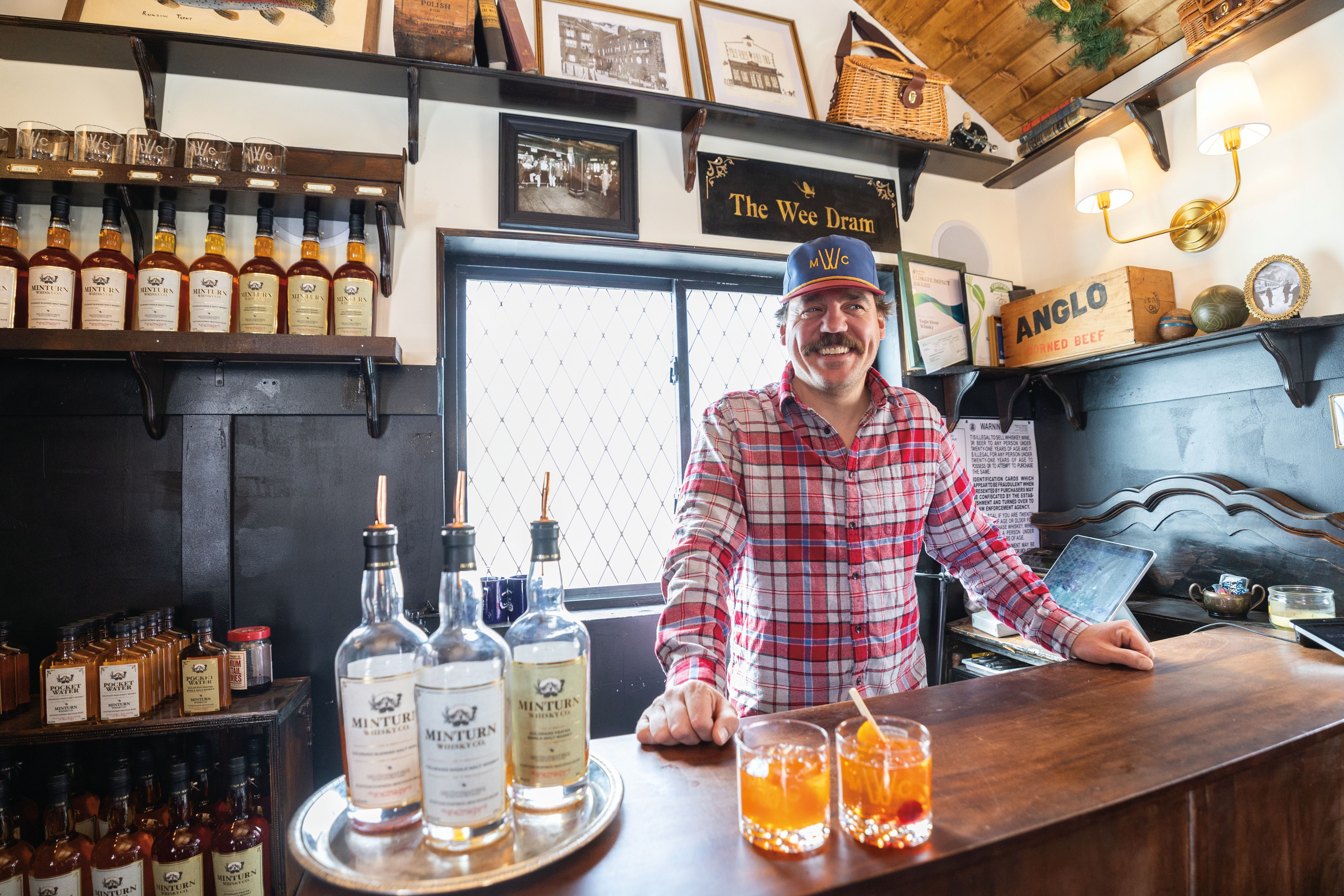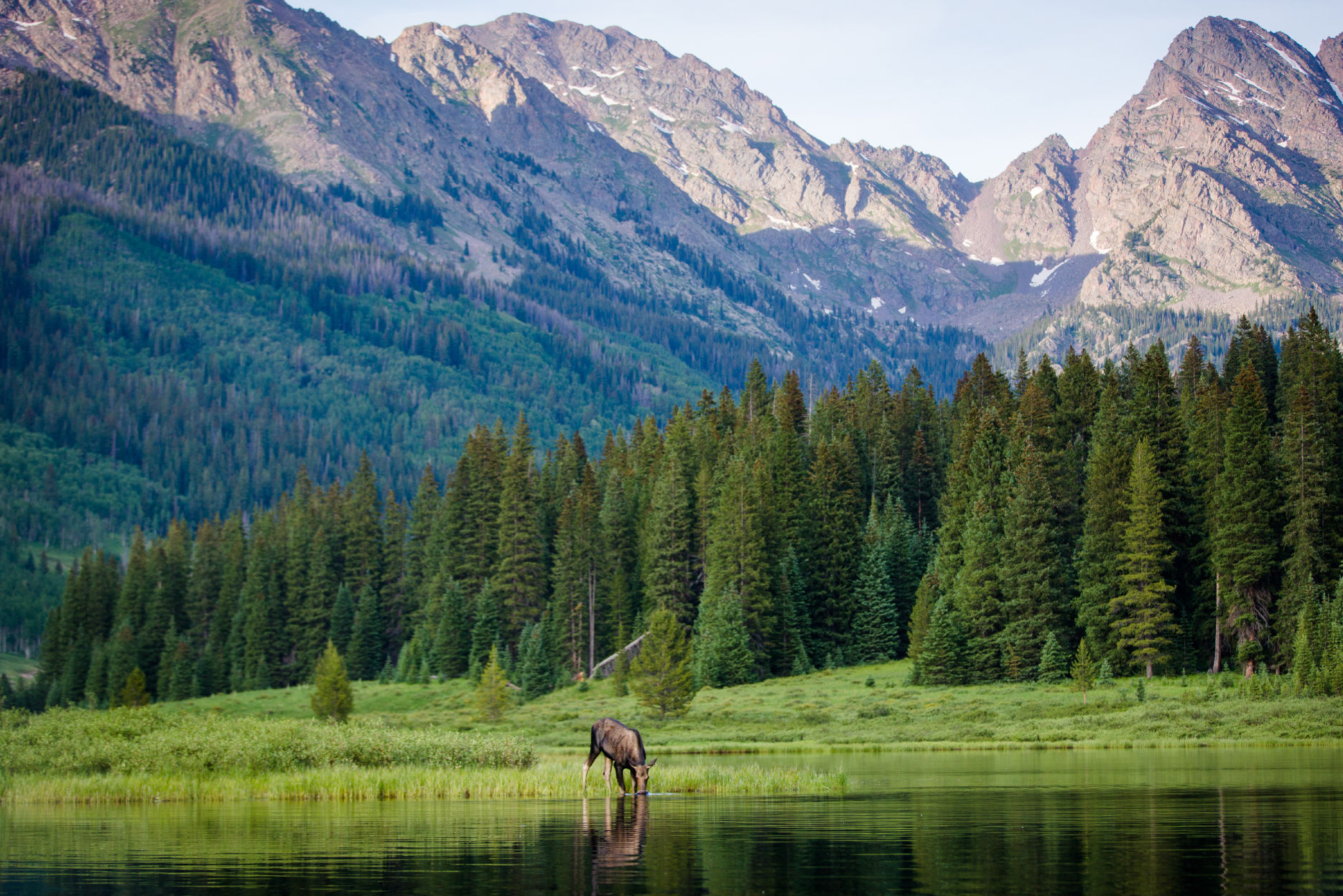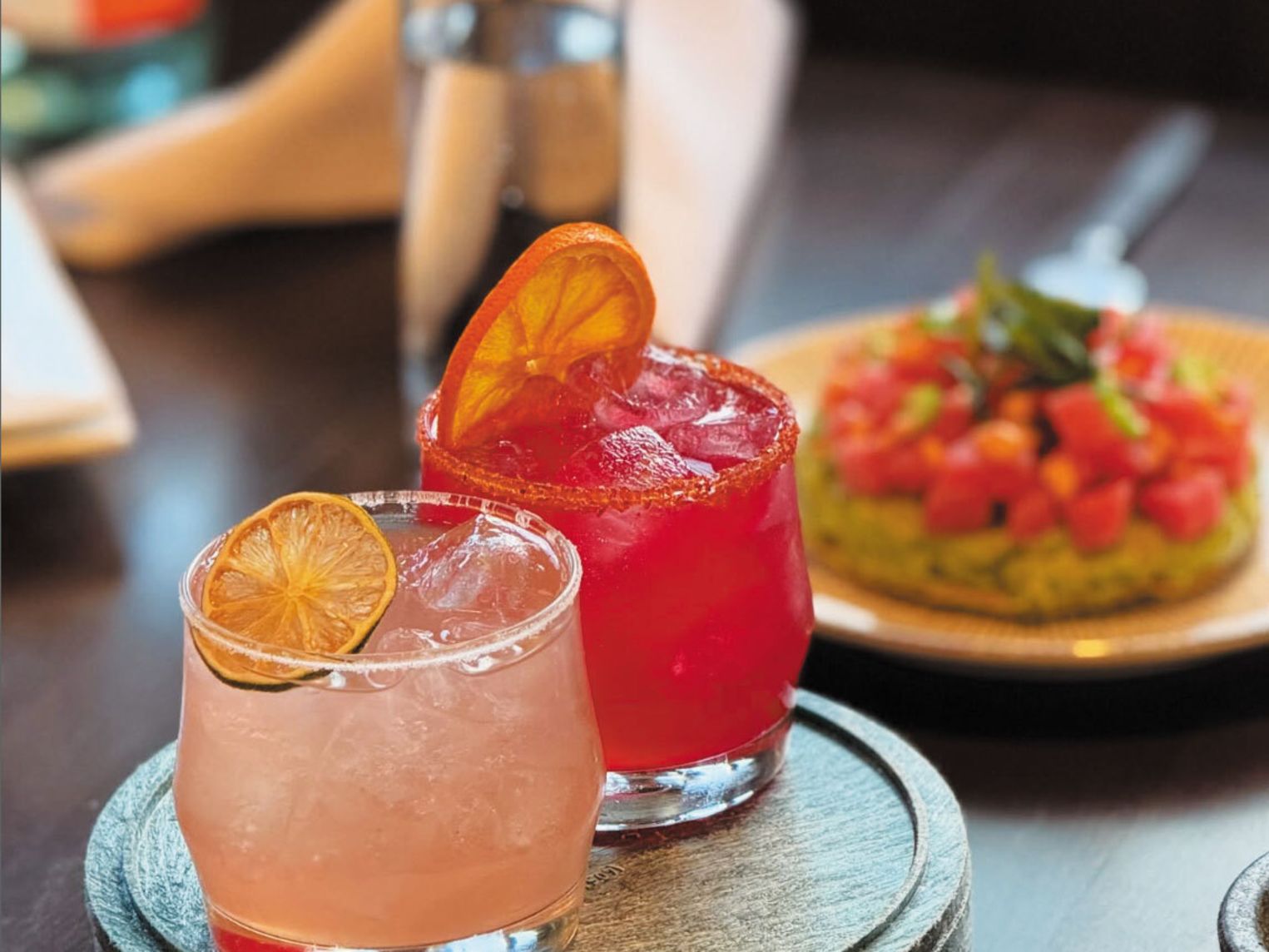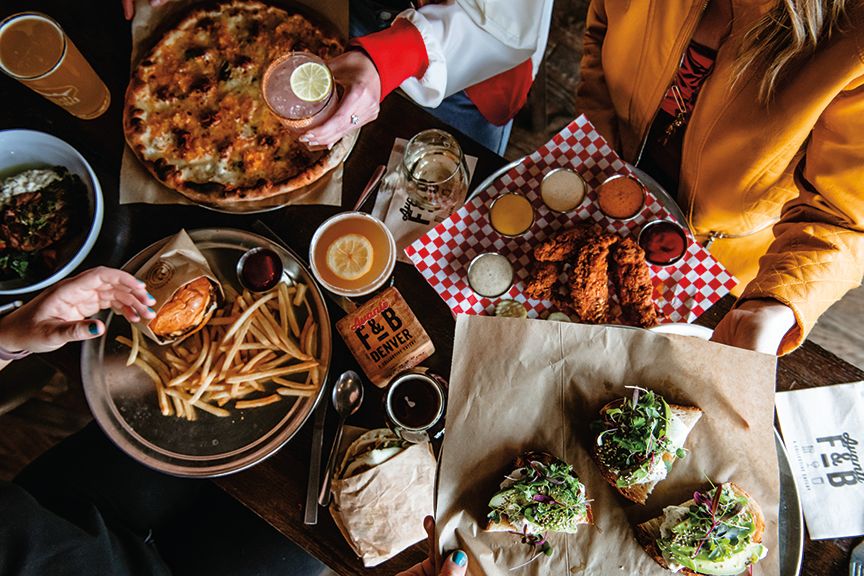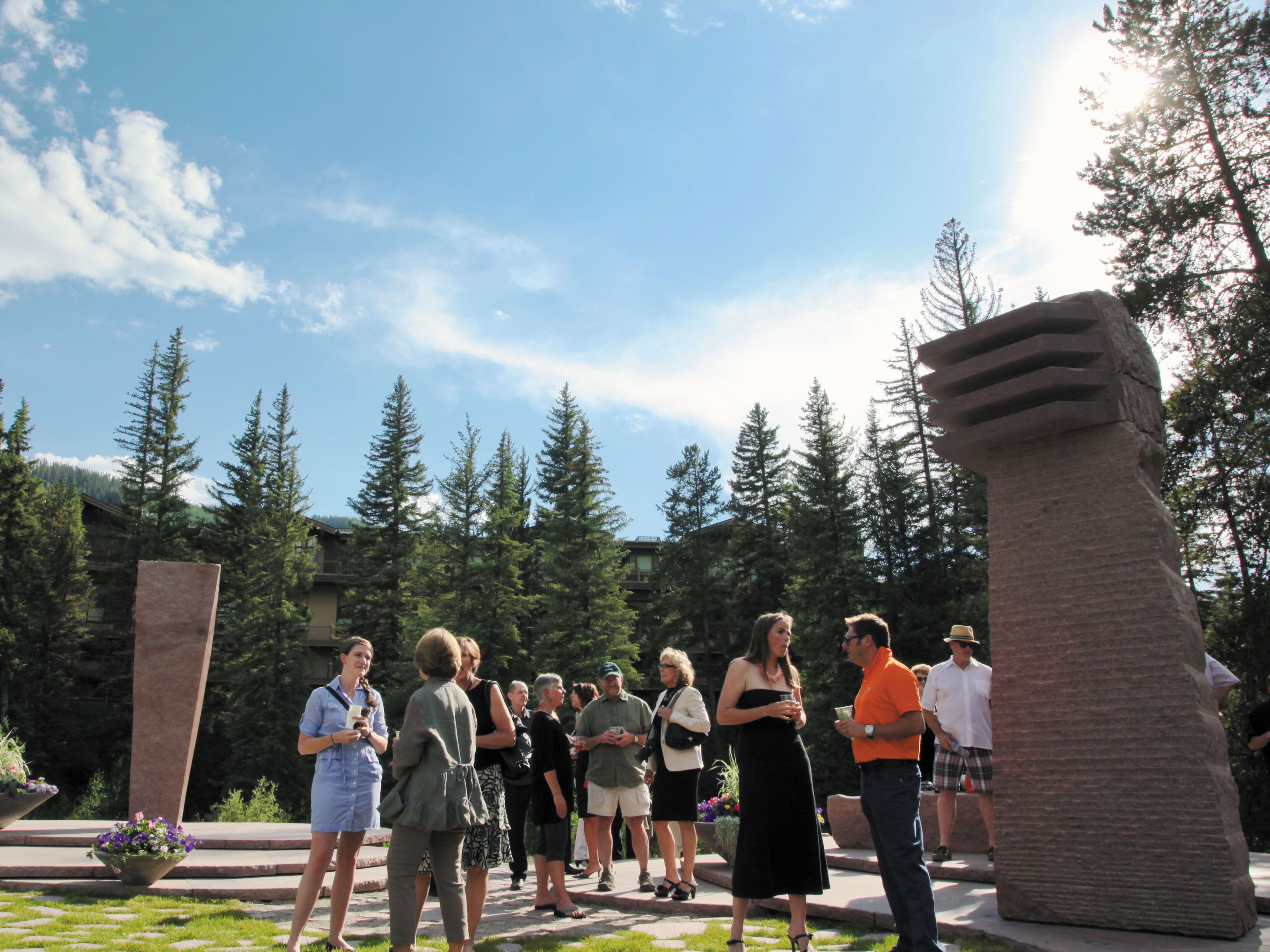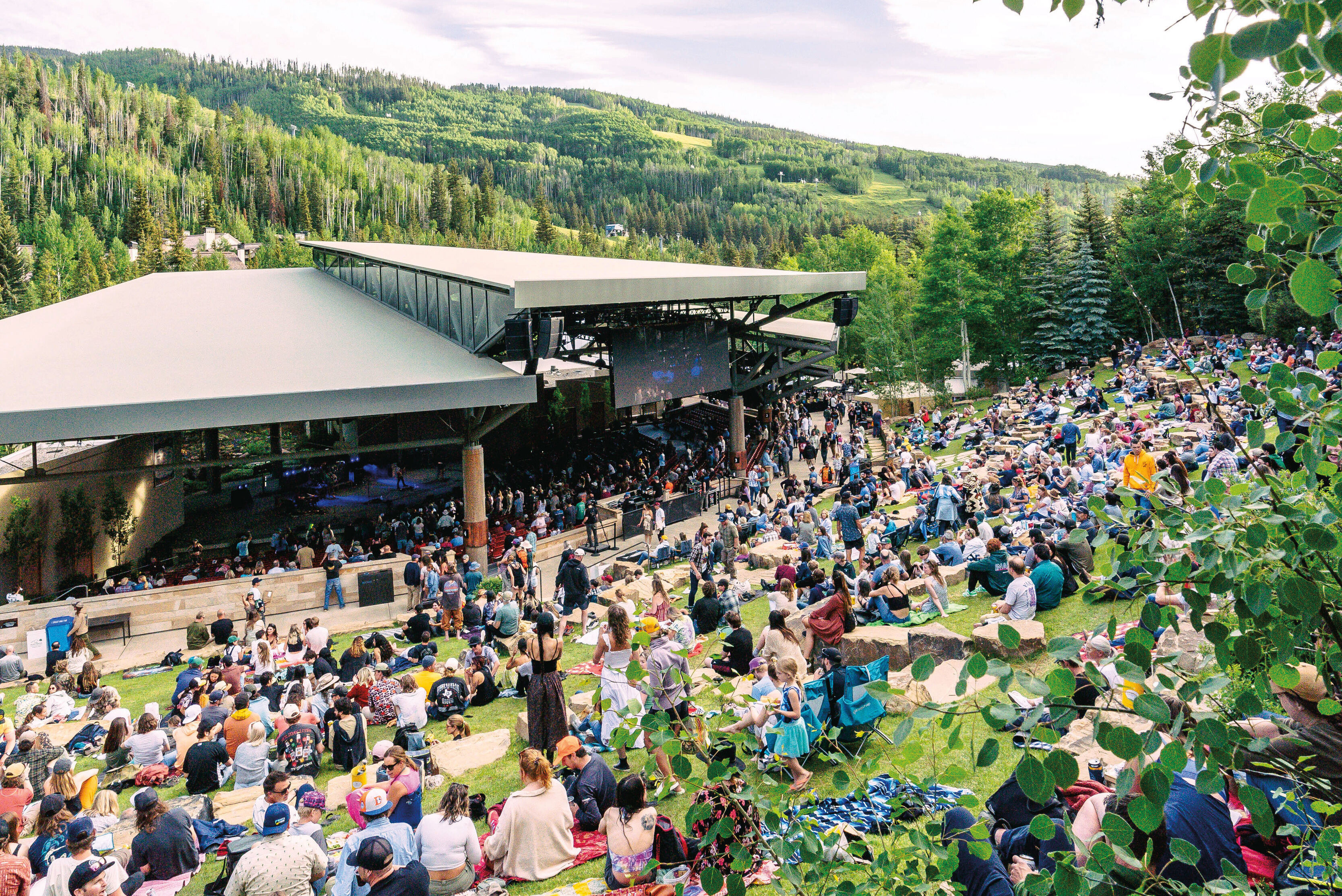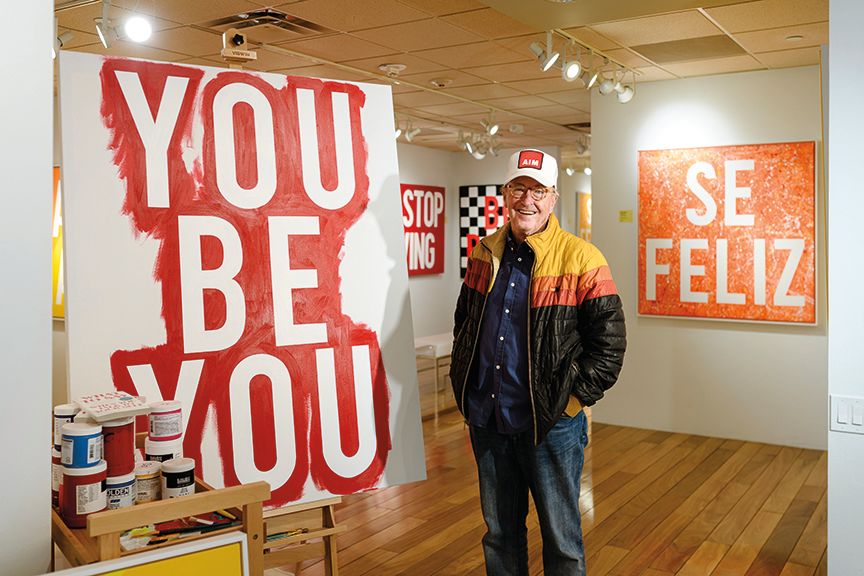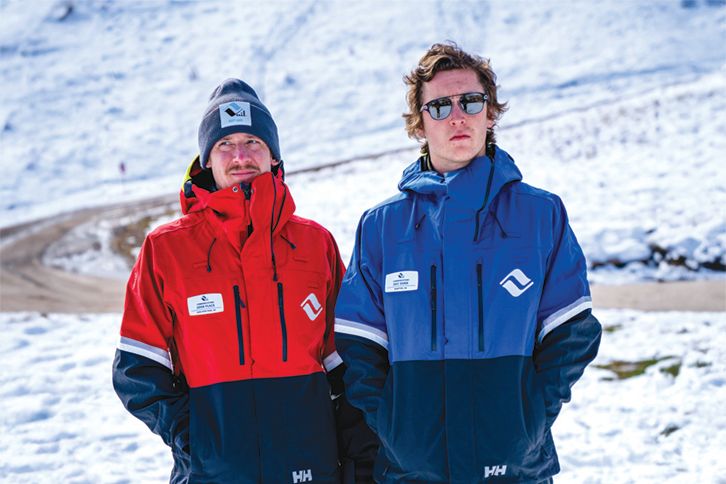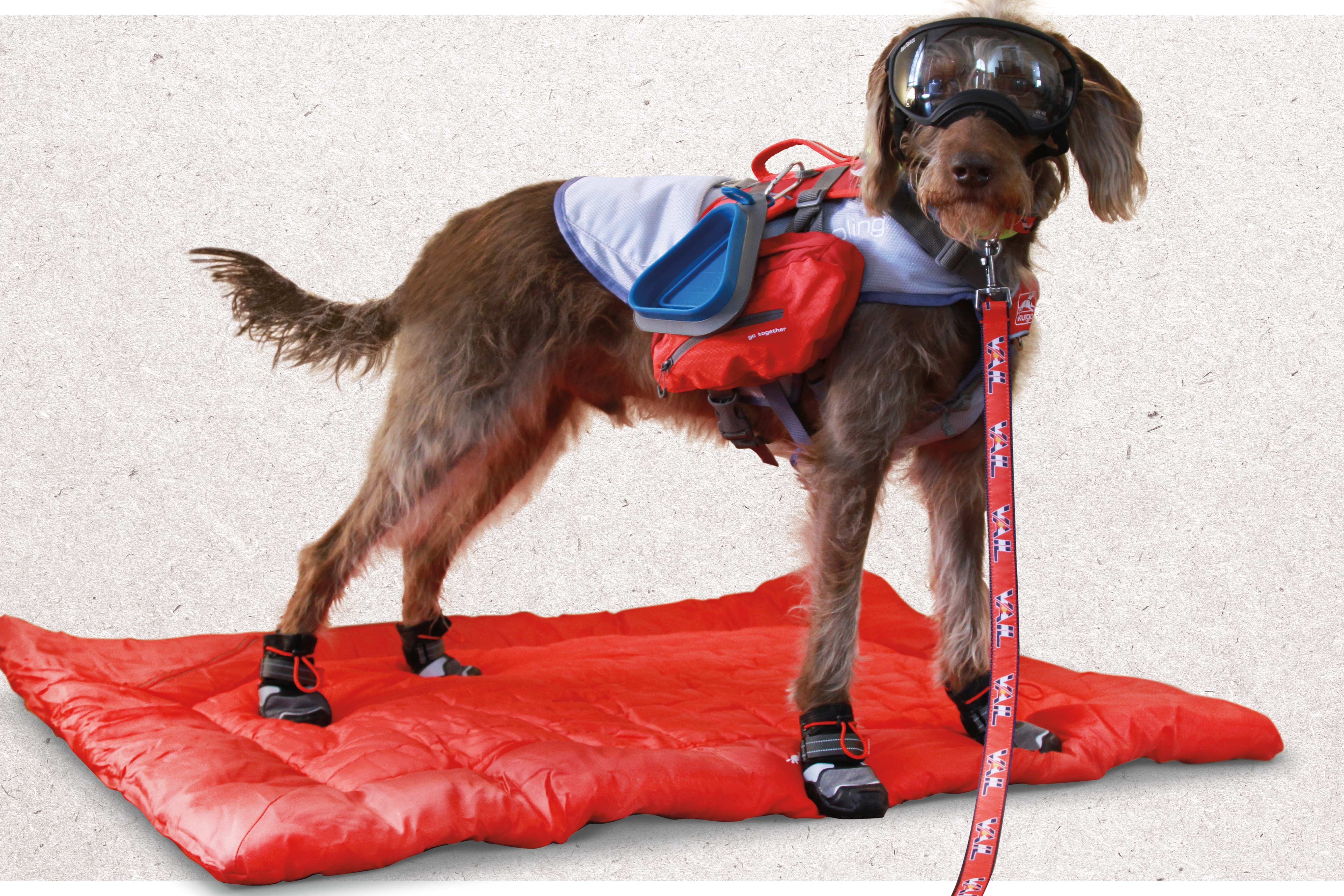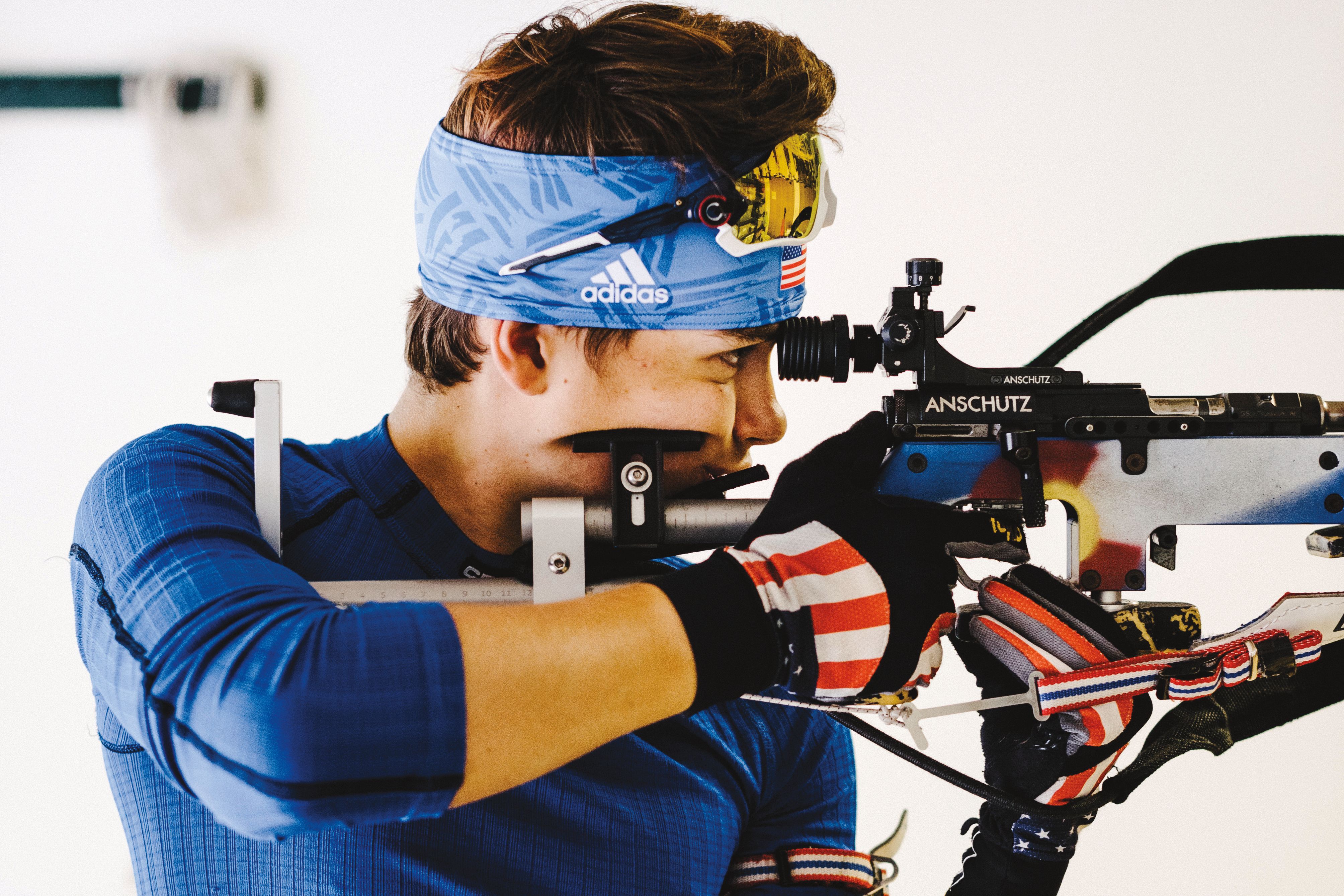
A Local Biathlete's Championship-Worthy Fitness Regimen
Breathe in. Set your feet. Shift your hips. Drop your elbow—not too low. Relax. Breathe out. Now squeeze the trigger.
That’s what’s flowing through Marcus Gore’s head each time he skis up to a target during a biathlon competition, a centuries-old Nordic sport with roots as a Norwegian military exercise, where competitors—called biathletes—skate-ski five times around a 4-kilometer oval track with a .22 caliber rifle strapped to their backs, stopping once every lap to shoot at five metal targets placed at the end of a 50-meter shooting lane. At each station, a biathlete fresh off a sprint fires five rounds while standing or lying prone, pulse pounding. Every missed target adds another penalty loop to your race, meaning that spots on the podium are often decided not with the speediest sprint at the finish, but with the steadiest stance at the shooting lane. If that doesn’t sound like enough pressure, factor in wind and weather—which can scuttle even the most accurate shooter’s chances—and the fact that 18-year-old Gore, a native son schooled at the valley’s elite Vail Ski & Snowboard Academy, is the only biathlete in our whole region, and he probably wouldn’t blame you if you haven’t pegged him as your local favorite to medal in Beijing in 2022. Just added to Team USA’s development squad, this whole business about skiing with a gun is all new to him, too.

Summer roller-ski workouts on the Vail Bike Path.
Image: Ryan Dearth
Already a formidable Nordic athlete (he’s qualified for the Junior Cross Country Skiing National Championships consecutively from 2016 to 2018), Gore discovered he had a knack for sport shooting at a ski-racing camp in Montana about three years ago. The fact that Ski & Snowboard Club Vail (SSCV, the same club that developed downhill legend Lindsey Vonn) doesn’t offer biathlon-specific training—or even have a shooting range—didn’t discourage him from pursuing the sport as an addendum to an already packed Nordic race calendar. “My first real biathlon race was actually in the summer at a roller-skiing race in Vermont, and my mindset for it was just, ‘This is my first time really doing this, so I’m just going to see what happens,’” he recalls. “And I actually did pretty well; I shot better in that race than I did at my race at Nationals this year.”
While Gore trains alongside Nordic skiers at SSCV by day, his shooting practice happens after-hours with solo dry-fire drills in his parents’ garage, augmented this summer with an East Coast biathlon training camp (where Olympic legend Tim Burke introduced him to a new breathing technique) and regular trips to Casper, Wyoming, to work with Rob Rosser—an Olympian and former national and North American champion biathlete who currently heads the Casper Mountain Biathlon Club. “The shooting factor is different every time; the wind changes your results, so it’s not uncommon to finish in the top five one day and come in 70th the next—the sport keeps you humble,” explains Rosser. “It’s a lot of work, but you find someone like Marcus who’s willing to work hard and stay positive even through the tough races, and it’s only a matter of time till they’re on the national team and competing at the World Cup.”
As for time spent with his hometown cross-country teammates, workouts encompass 15 hours a week of endurance and interval training on snow (or roller skis—ski blades affixed with wheels—in the summer) to mimic heart-pounding laps around the biathlon course, plus lifting sessions at the club’s Minturn Fitness Center training facility (Lindsey Vonn’s home gym). “The big thing is you’ve got to be able to ski fast enough,” says Ski & Snowboard Club Vail’s head Nordic coach, Eric Pepper. “It’s not like you can take a world-class shooter and teach him to ski; it’s a lot easier to take a world-class skier and teach him to shoot. We take care of the athletic training side of things, so in the summer we’re focused on building his base and general fitness, and as we get closer to the season the focus becomes competition.”

Image: Ryan Dearth
As of press time, Gore planned to compete in nearly 30 Nordic and biathlon events this season (“The better he does at those first biathlon competitions the more biathlon competitions he’ll qualify for,” explains Pepper). But there’s one event he’s particularly focused on: the Junior World Trials in Soldier Hollow, a three-race series in Utah between Christmas and New Year’s Day where the top four biathletes in each category advance to the Junior World Championships. There, Gore will race against an elite pool of fellow Americans along with a stacked field of biathletes from Europe, where the sport is so popular that races are frequently aired in primetime for viewers who tune in to catch the drama that often unfolds from a single missed shot.
“We’re definitely one of the weaker countries ... so that is a little intimidating,” he says. “But their best athletes aren’t any better than our best athletes, they just have a larger pool to pick from. Whatever happens happens, and that’s usually the mindset you have to have to do well; you kind of have to just go with the flow.”
Breathe in ... breathe out. Then take your best shot.
Vital Statistics
Name: Marcus Gore
Age: 18
Height: 5’11”
Weight: 150 lb
Titles: US Biathlon Youth Development Group (2018); Colorado Biathlon State Champion (2018); Cross Country Junior Nationals qualifier (2016–18); US National Biathlon Champion (2017)
Weekly Workout
Monday: Nordic skiing at Maloit Park (90 min., including 30–45 min. high-intensity interval training); strength training at Minturn Fitness Center; dry-fire shooting
Tuesday: Nordic skiing (90 min., sustained race pace); dry-fire shooting
Wednesday: Nordic skiing (90 min., sustained race pace); dry-fire shooting
Thursday: Nordic skiing (90 min., including 30–45 min. high-intensity interval training); strength training at Minturn Fitness Center; dry-fire shooting
Friday: Nordic skiing (90 min., sustained race pace); dry-fire shooting
Saturday: Nordic skiing (3-hour endurance workout); dry-fire shooting
Sunday: Rest day







